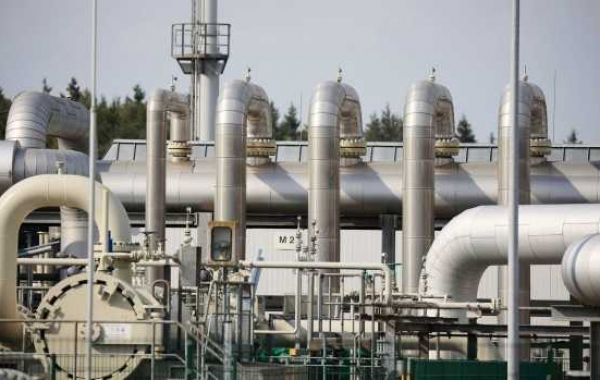PakistanTimesNews The state's gas transmission infrastructure is under severe strain as the country's system line pack has once again grown to 5.070 billion cubic feet per day (bcfd).
This is largely because liquefied natural gas, or LNG, is used more freely in the electrical and industrial sectors. Sui gas providers supply costly RLNG to the residential sector even after summer officially starts, with the goal of reducing line pack pressure.
Reports pertaining to Gas
Senior officials in the ministry of energy disclosed that this will result in more price increases for gas sold throughout the nation. "If the gas volume increases beyond this limit, the gas transmission system can burst at any time, exposing the nation to a gas and electricity crisis," stated the officials. "The maximum gas volume in the pipeline is 4,500 million cubic feet per day (mmcfd)."
The line pack remained above the dead level during the Eid holiday, reaching a peak of 5.003 bcfd during the final week of March 2024. To take advantage of the decreasing line pack pressure, the domestic sector is receiving a daily injection of 50–100 mmcfd of RLNG. A 150–250 mmcfd diversion was formerly intended for the residential area.
It is true that the system becomes fairly sensitive at pressures higher than five bcfd in the line pack. According to the authorities, Sui Company finds it easier to divert RLNG to the domestic sector even though domestic gas consumption has sharply declined in Punjab and Sindh as summer approaches and gas is no longer required for heating in the two aforementioned federating units.
Gas Sui
Domestic users are consequently required to pay a substantial premium in order to offset the RLNG diversion. The government has already increased gas prices by up to 193% in order to meet its income target of Rs902 billion in 2023–2024, even though it only needed to gather Rs701 billion in revenue for the current fiscal year. Customers will therefore be liable for the anticipated Rs232 billion in LNG diversion costs.
The petroleum division's officials oppose Sui Northern's ongoing diversion of RLNG to relieve pressure on line packs, but Sui Company continues to do so. Gas costs Rs4,200 Mmcfd for many wealthy domestic consumers, which is more than even RLNG, which comes in at Rs3,700.
A 150 mmcfd cap on gas flow from five adjacent gas sources has also been imposed by the government. Although almost empty wells can be made to sink and never rise to their original natural gas flow level, limiting local gas flow to protect the gas transmission system might lead to issues. To get these wells to begin producing water, artificial lift techniques will be quite expensive. Therefore, when local gas resources begin to yield less gas, it is very risky to continue producing local gas at the current rate.







